Arizona’s Grand Canyon rightfully stands as one of the world’s most spectacular natural wonders, drawing millions of visitors annually to its breathtaking vistas. Yet this popularity comes at a price: crowded viewpoints, competitive parking, and an experience that can feel more like navigating a mall during holiday shopping than communing with nature.
The good news is that Arizona harbors numerous equally impressive geological marvels that offer similar awe-inspiring beauty without the tourist congestion. Here is a list of 19 lesser-known Arizona wonders that rival the Grand Canyon’s majesty while providing more peaceful, intimate experiences with the desert southwest’s remarkable landscape.
Vermilion Cliffs National Monument
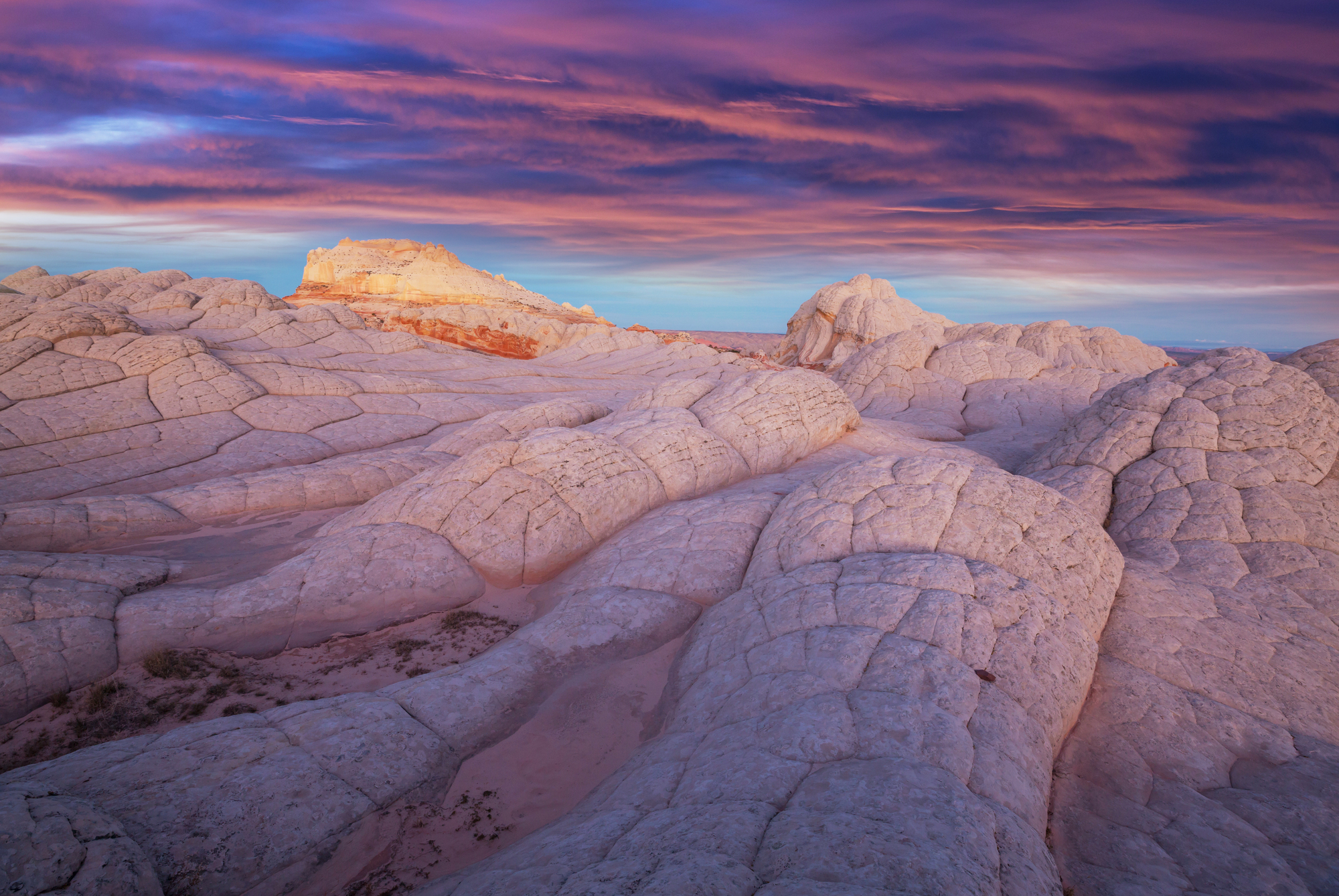
This remote expanse in northern Arizona contains bizarre sandstone formations that seem transported from another planet. The Wave, with its undulating orange striations, represents just one small section of this 280,000-acre wonderland of twisted stone and breathtaking color.
Permits remain highly limited, ensuring those lucky enough to visit experience genuine solitude within surreal surroundings.
Canyon de Chelly
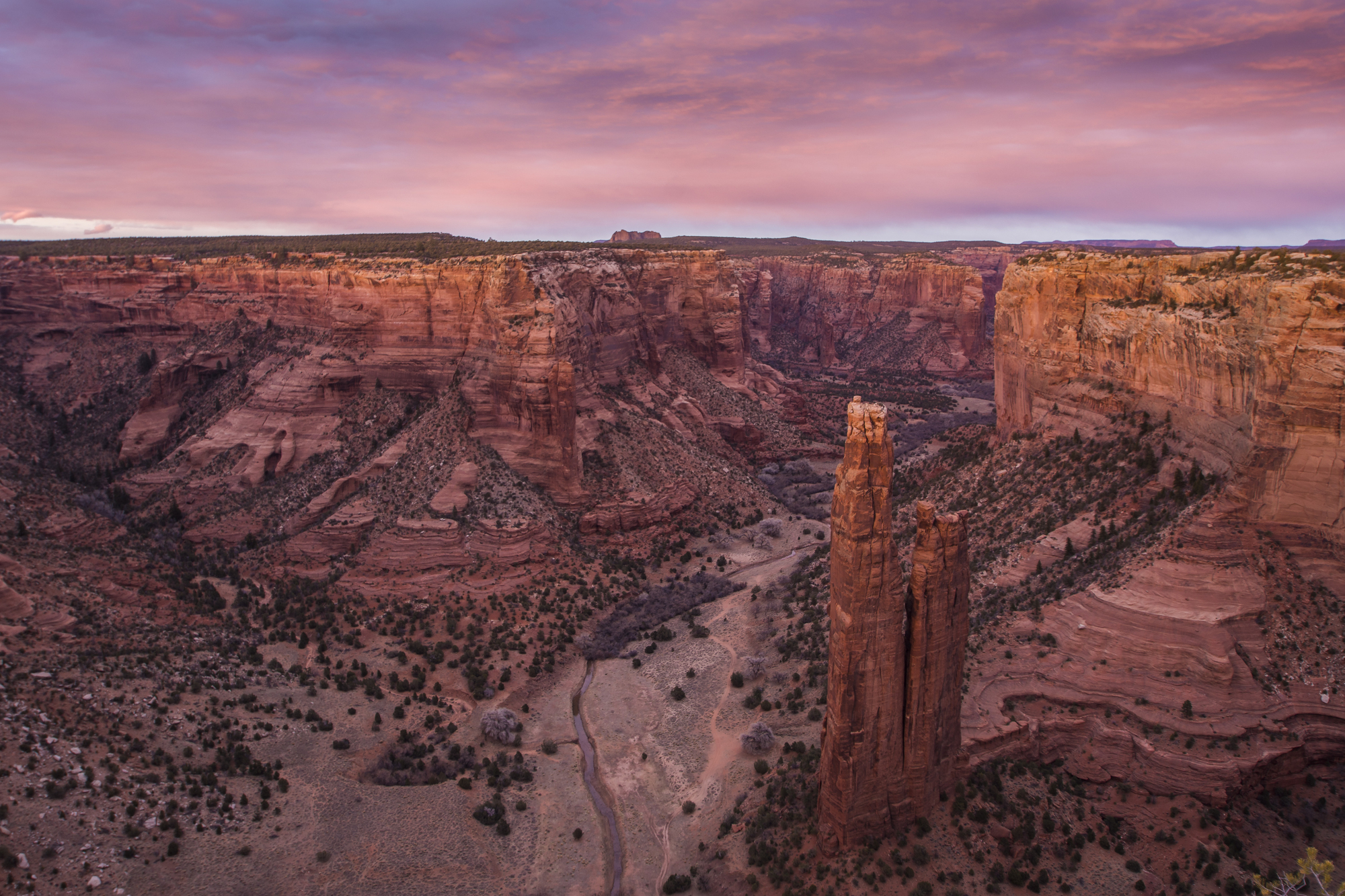
Sacred to the Navajo Nation, these magnificent cliff dwellings sit nestled within red rock canyons that reach depths of 1,000 feet. The towering spire called Spider Rock rises dramatically from the canyon floor, catching golden light at sunset in ways that humble even experienced photographers.
Unlike many national parks, here, Navajo guides share indigenous perspectives and stories that connect human history with the landscape in meaningful ways.
Like Travel Pug’s content? Follow us on MSN.
Chiricahua National Monument
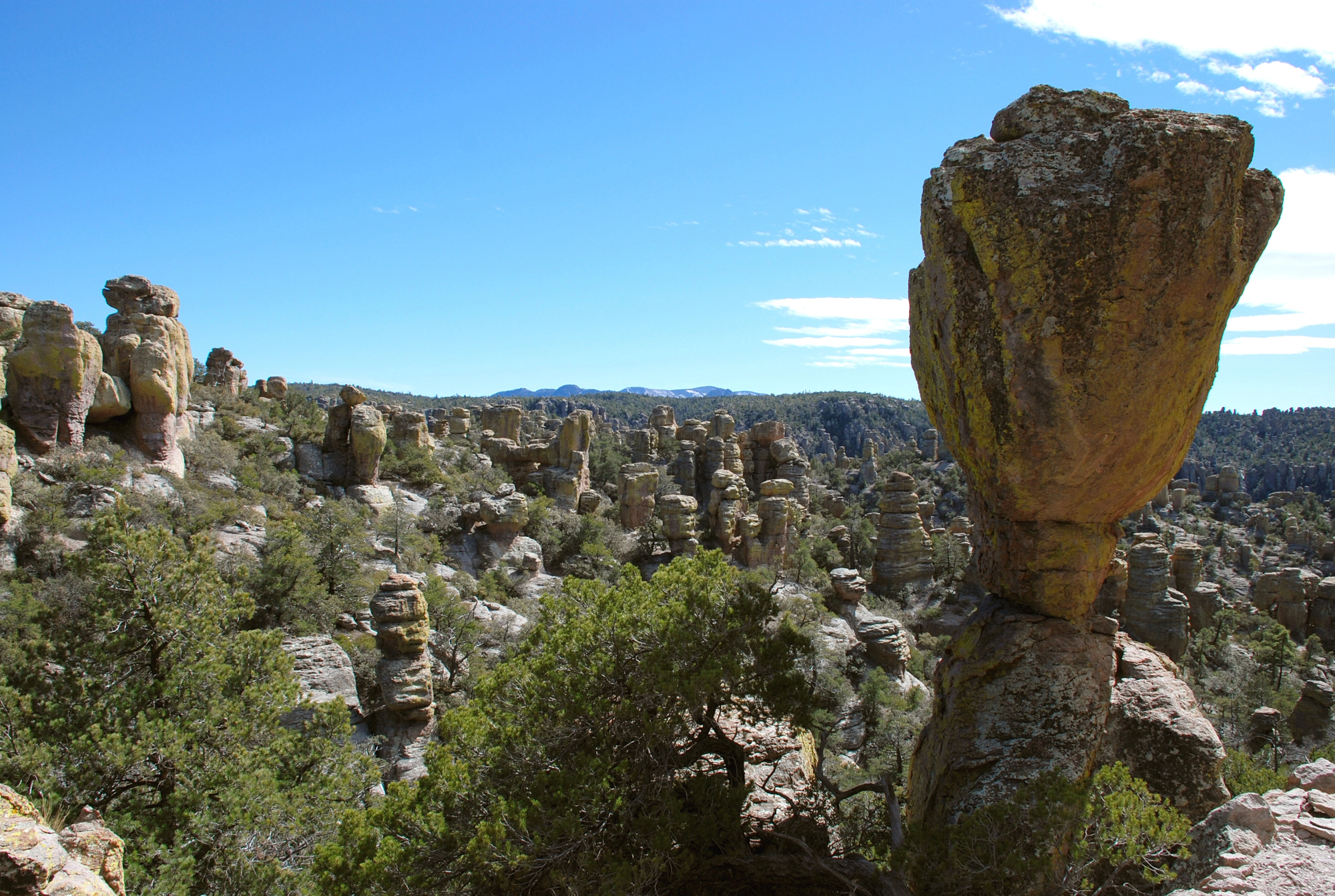
Nicknamed the ‘Wonderland of Rocks,’ this southeastern Arizona treasure showcases massive stone columns and balanced formations created by ancient volcanic activity. The eight-mile scenic drive delivers visitors to numerous trailheads where rhyolite spires tower overhead like petrified giants frozen in time.
The relative obscurity of this site means hikers often have entire sections of this stone forest completely to themselves.
Blue Canyon
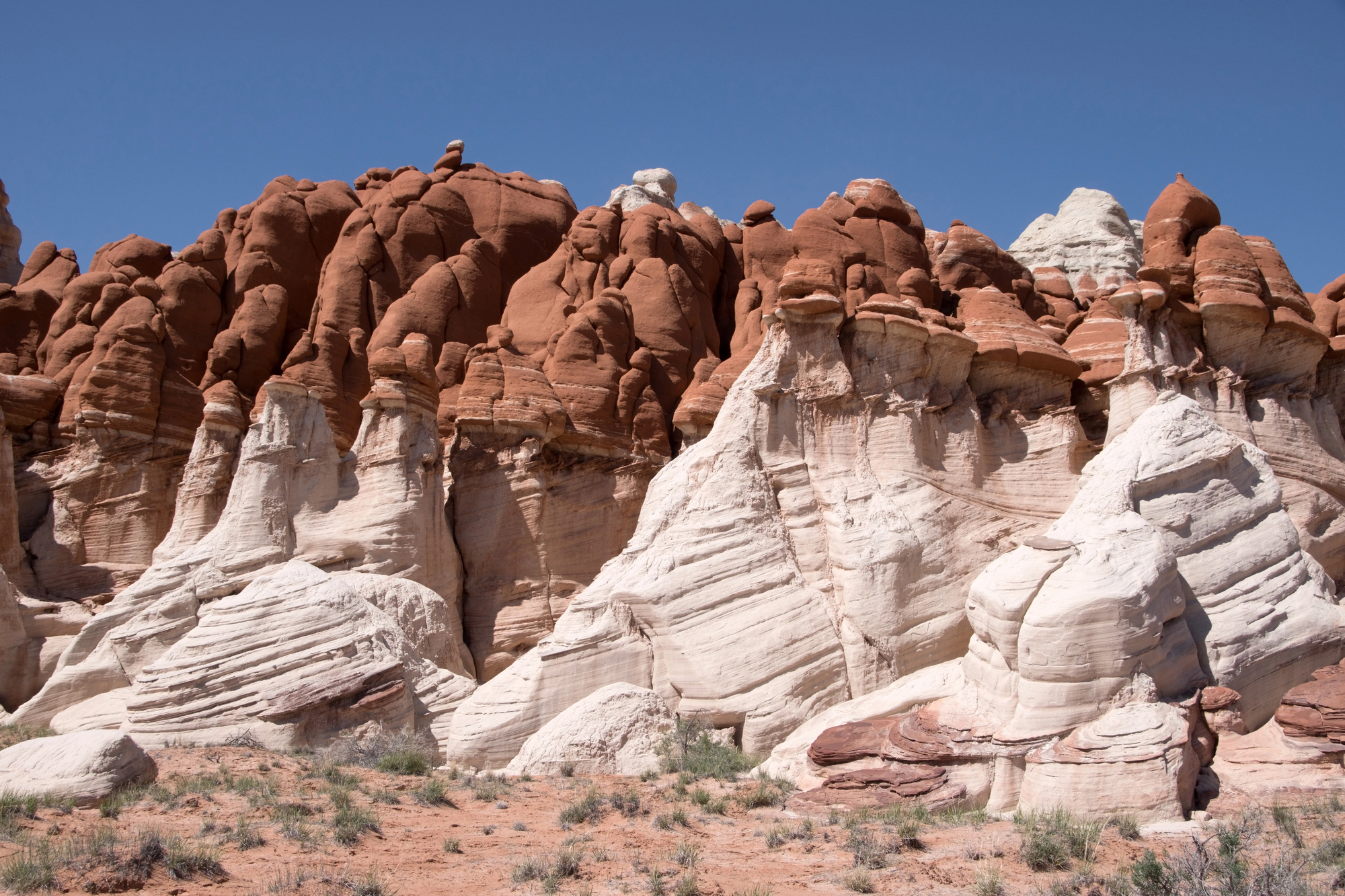
Located on Hopi lands, this hidden gem features otherworldly blue-clay formations eroded into hoodoos and delicate sculptures. The mineral-rich soil creates an almost lunar landscape where azure and lavender hues contrast dramatically with the surrounding desert palette.
Access requires Hopi permission and guides, creating an exclusive experience that few tourists ever witness.
Coal Mine Canyon
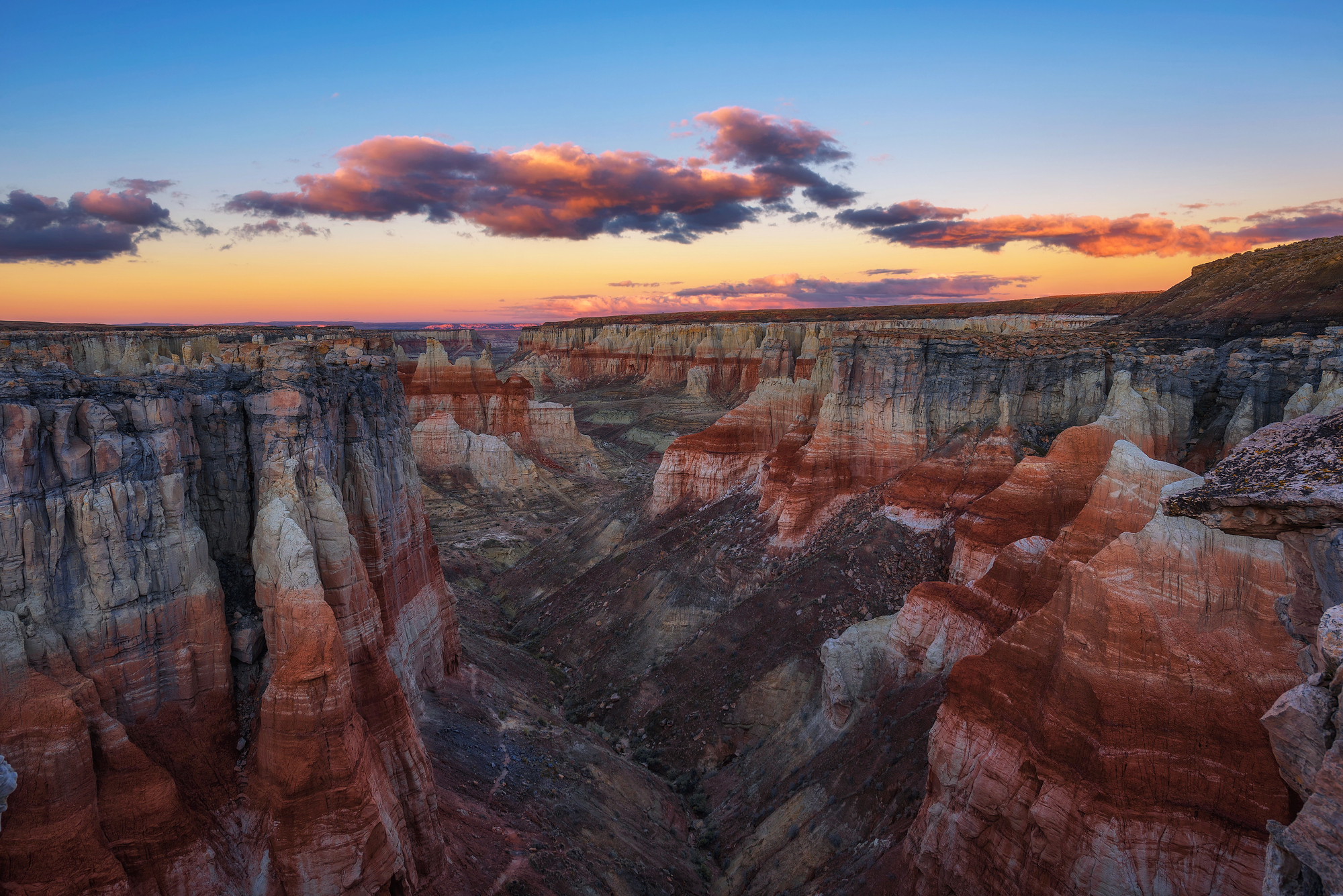
This unmarked wonder sits quietly between Tuba City and Kayenta, featuring multicolored badlands with distinct bands of red, white, yellow, and purple stone. The stratified layers reveal millions of years of geological history in a compact area that photographers consider paradise at sunrise and sunset.
No facilities, entrance fees, or crowds exist here—just ra,w natural beauty awaiting discovery by adventurous travelers.
Like Travel Pug’s content? Follow us on MSN.
Coyote Buttes South
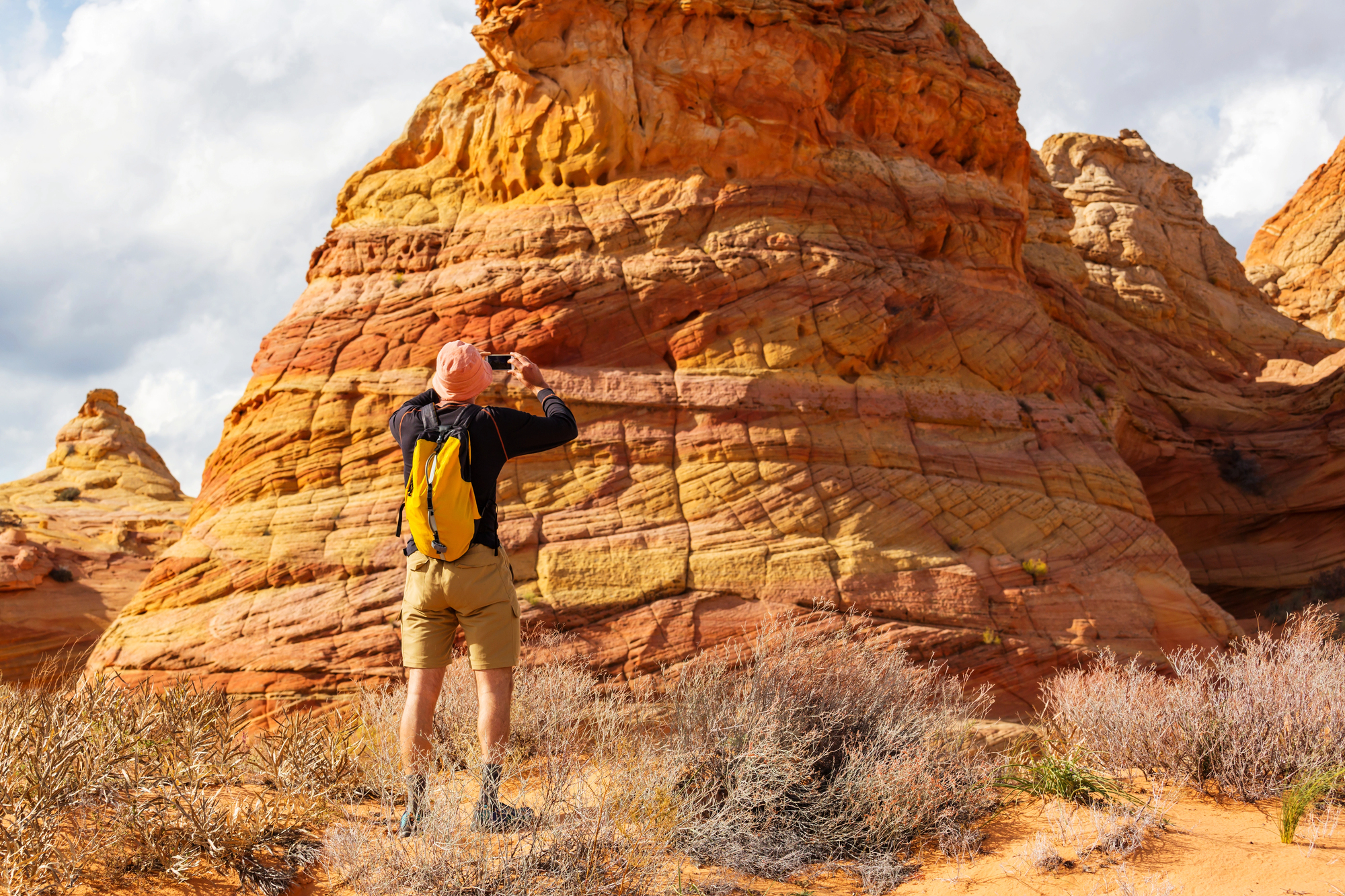
While permit competition for The Wave in Coyote Buttes North reaches lottery-level difficulty, the equally stunning South area receives far fewer visitors despite comparable beauty. Sandstone teepees, brain rocks, and delicate fins create an alien landscape of swirling color and improbable shapes.
The challenging access road ensures that even on busy days, visitors can find solitude among geological wonders that defy description.
Aravaipa Canyon
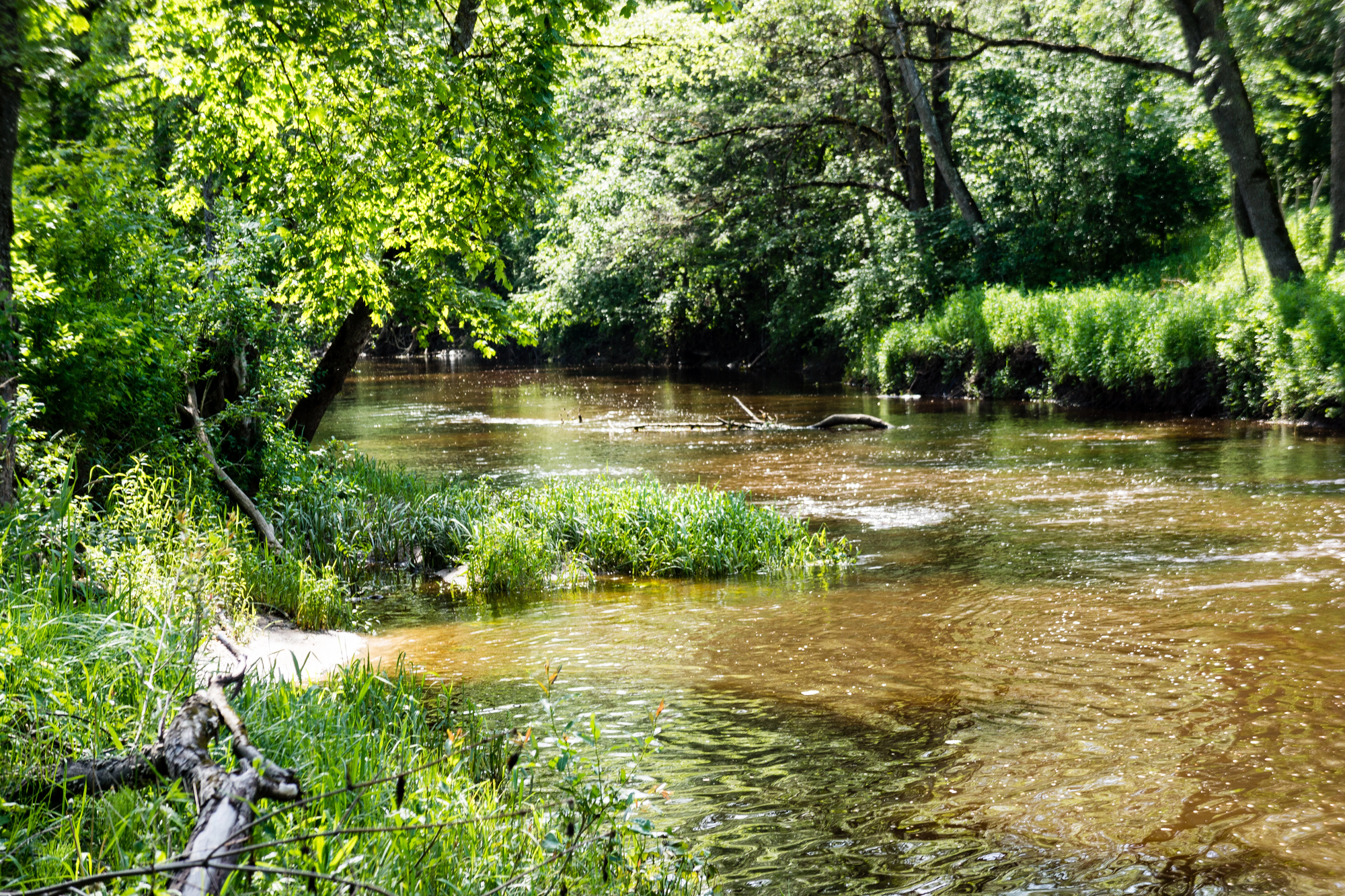
This lush wilderness preserve protects a perennial desert stream flowing through a dramatic canyon flanked by 1,000-foot cliffs. Unlike the arid Grand Canyon experience, Aravaipa offers cooling waters, verdant vegetation, and abundant wildlife in an intimate setting.
The Bureau of Land Management limits entry to 50 people daily, ensuring peaceful immersion in this riparian paradise.
Kofa Mountains

The rugged peaks and hidden palm canyons of this national wildlife refuge harbor unique desert experiences far from tourist routes. King Valley presents a Joshua tree forest more impressive than its famous California counterpart, while deep within the range, native California fan palms thrive in secret canyons with seasonal springs.
Adventurous explorers can spend days without encountering another human while discovering personal viewpoints rivaling any national park overlook.
Like Travel Pug’s content? Follow us on MSN.
Fossil Creek
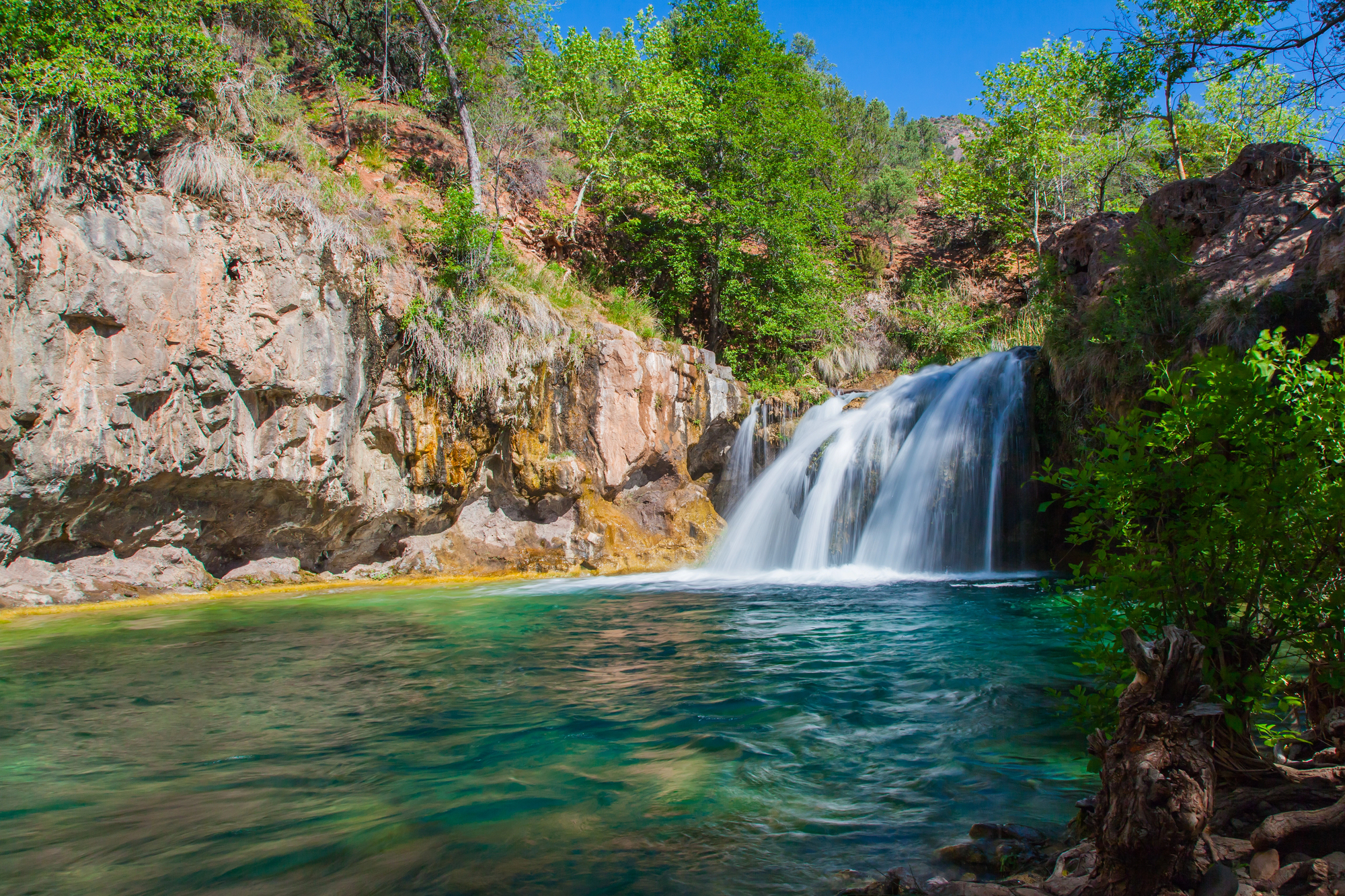
This revitalized waterway in central Arizona features crystal clear turquoise waters flowing over travertine formations, creating a desert oasis that seems transported from the tropics. The creek’s restoration represents one of the largest riparian recovery projects in the Southwest, returning water flow after decades of diversion for hydroelectric purposes.
Swimming pockets, small waterfalls, and lush vegetation provide refreshing escapes from Arizona’s heat without the commercial development found at more famous water destinations.
Kartchner Caverns
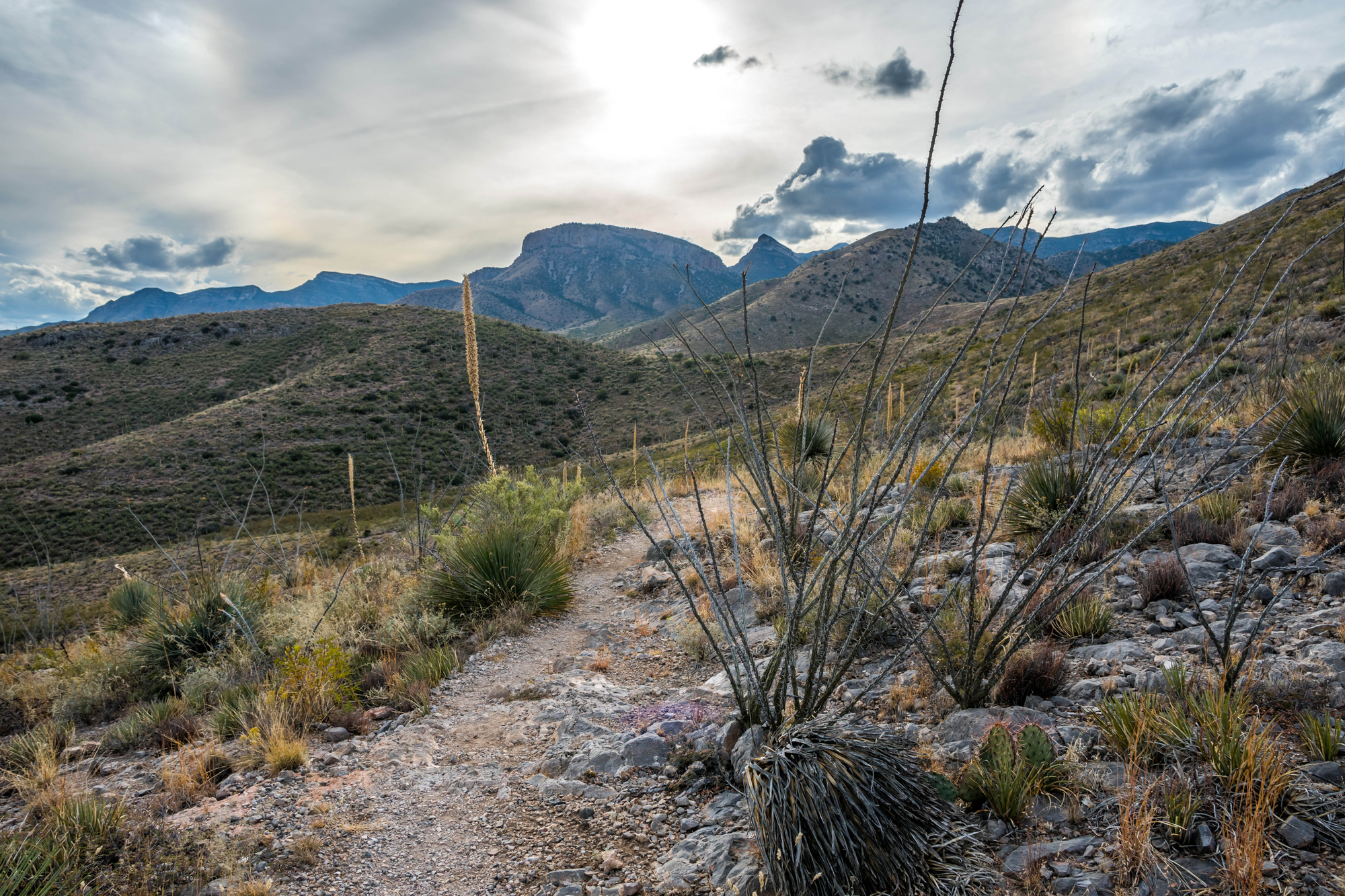
These living limestone caves remained undiscovered until 1974 and feature some of the world’s most pristine and active cave formations. Massive columns, delicate soda straws, and the stunning Kubla Khan formation tower 58 feet from floor to ceiling in breathtaking displays of geological artistry.
The state park’s controlled access preserves the 70 percent humidity needed for continued formation growth while allowing visitors to experience genuine underground wilderness.
White Pocket
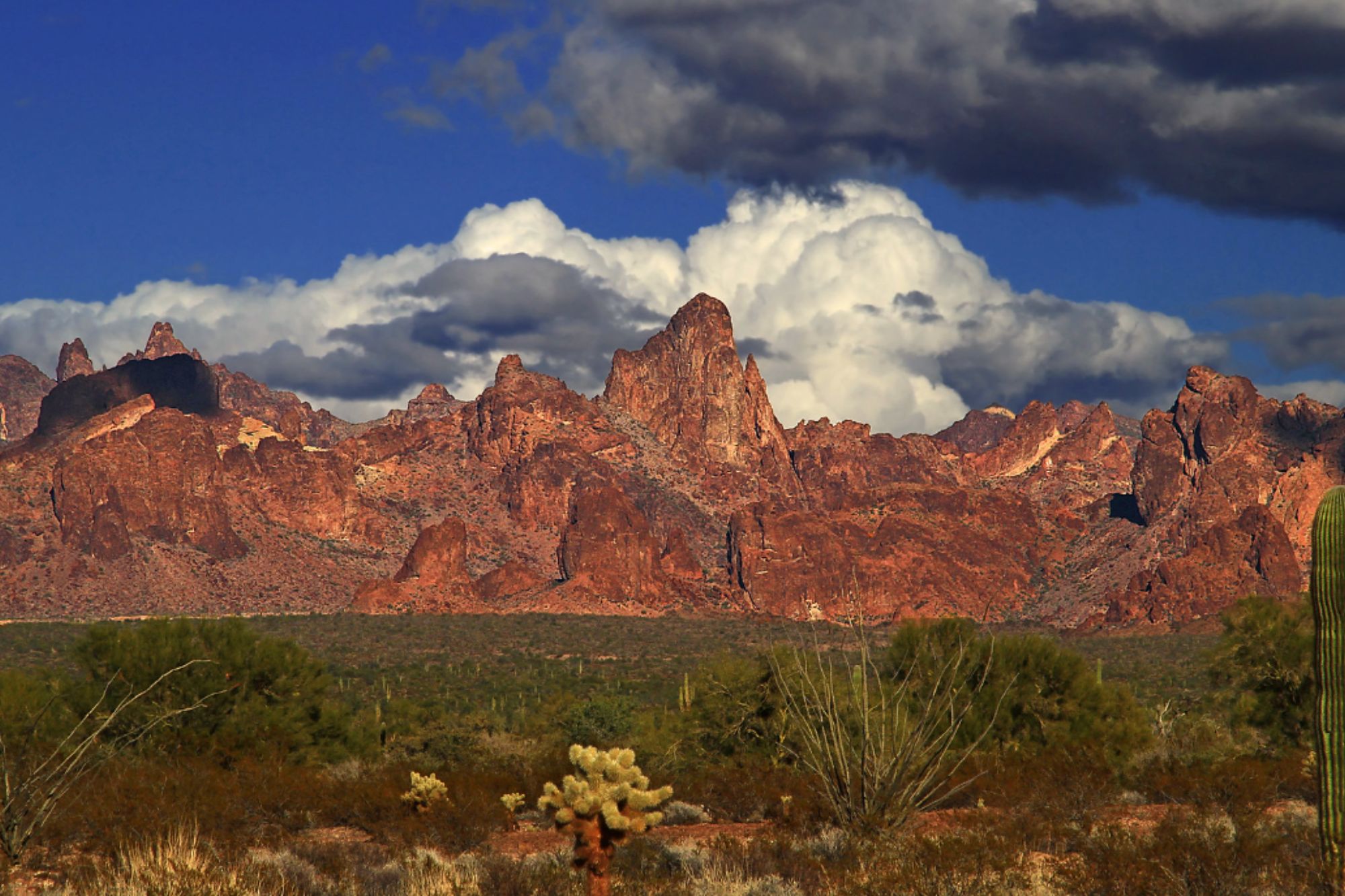
This geological wonderland in the Paria Plateau features contorted formations of white, orange, and red sandstone twisted into brain-like patterns and impossible shapes. The difficult access road requires high-clearance vehicles and navigation skills, naturally limiting visitation to those most determined to witness its splendor.
Photography enthusiasts consider its swirling formations and color palette among the most photogenic locations in the Southwest.
Like Travel Pug’s content? Follow us on MSN.
West Clear Creek
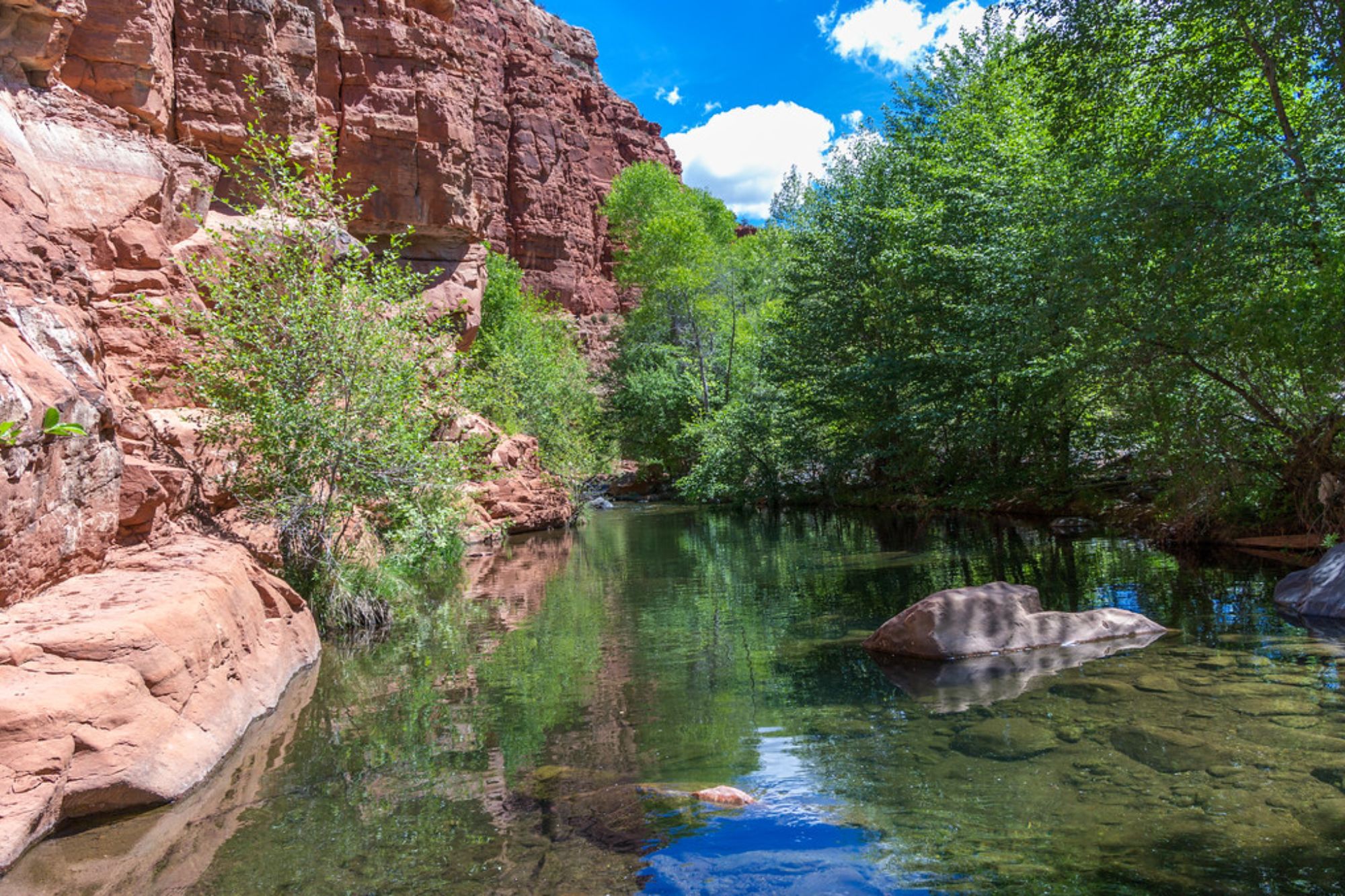
This deep wilderness canyon cuts 2,000 feet into the Mogollon Rim, creating a riparian corridor flanked by towering cliffs and dense forest. The 30-mile gorge features crystal pools connected by flowing streams, creating swimming opportunities surrounded by wilderness solitude.
Adventurous travelers willing to wade, swim, and boulder-hop discover hidden waterfalls and pristine camping spots seen by only a fraction of Arizona’s visitors.
Havasu Falls
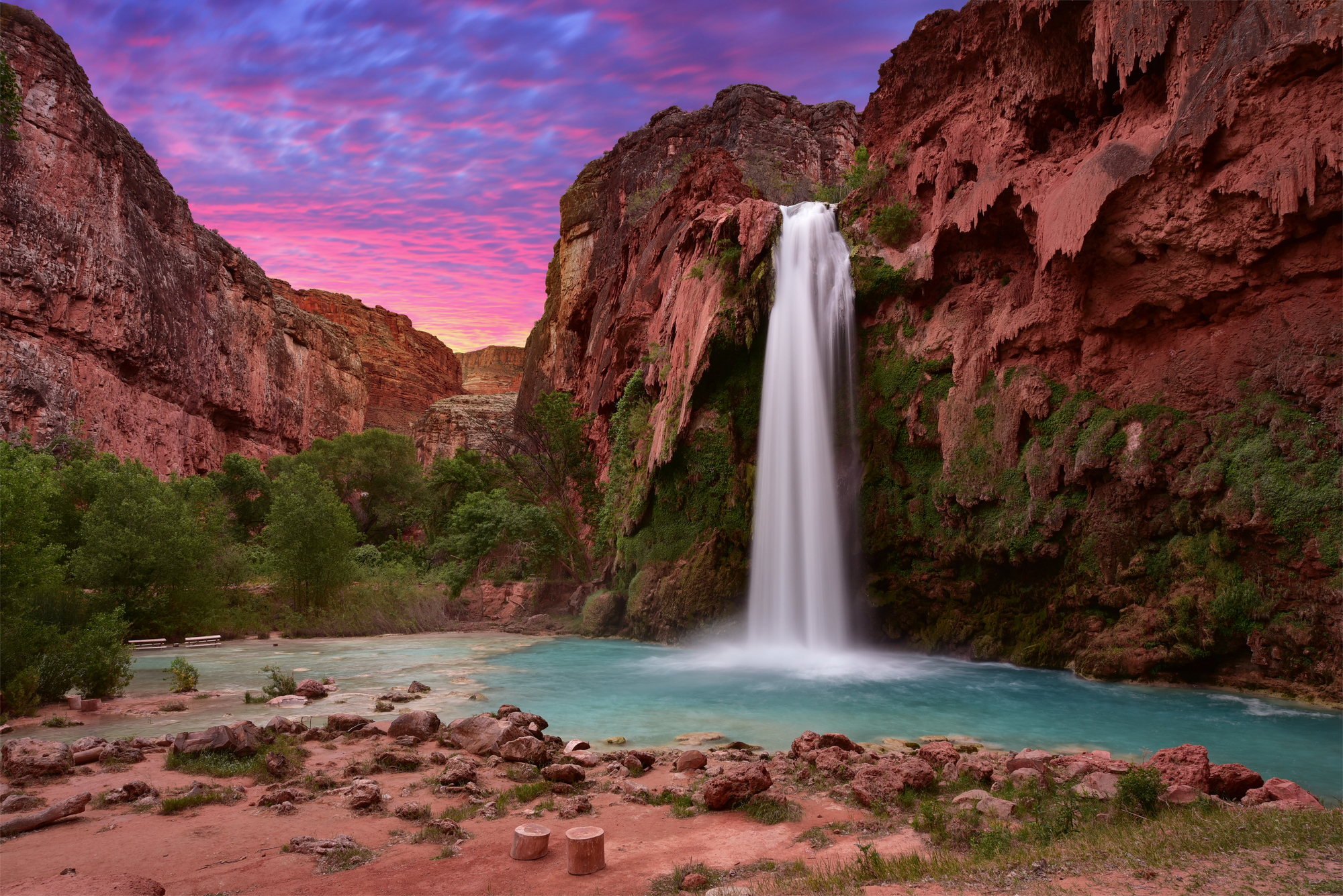
Though increasingly famous, this turquoise waterfall on Havasupai tribal lands still receives a tiny fraction of Grand Canyon visitation due to permit limitations and the required 10-mile hike. The impossibly blue water against red canyon walls creates perhaps Arizona’s most photogenic natural feature.
The tribe’s management preserves both the natural beauty and their cultural connection to this special place, creating a more meaningful visitor experience than many federal sites.
Monument Valley Backcountry
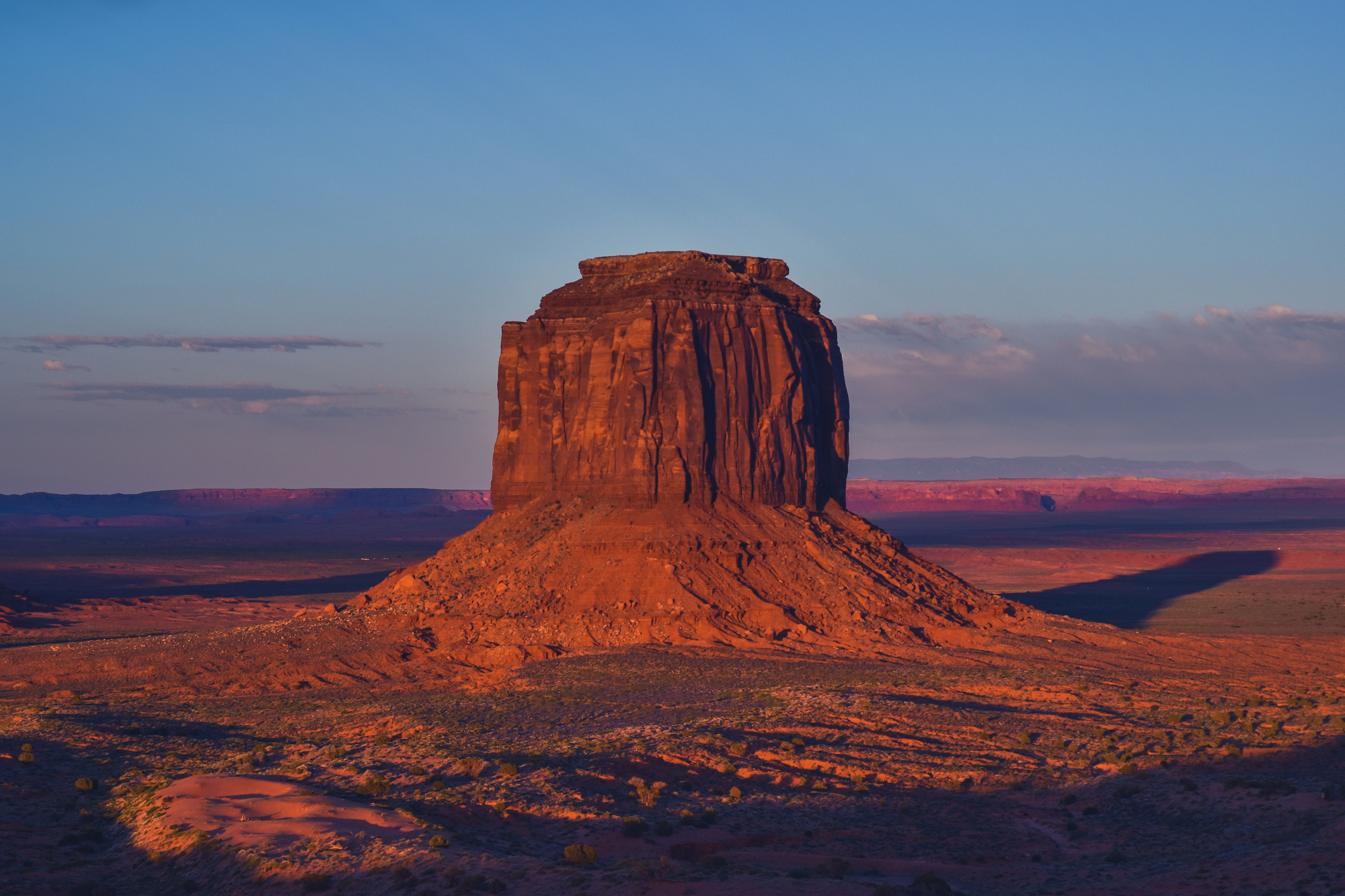
While the main valley drive sees substantial tourism, the vast backcountry of this tribal park remains virtually untouched. Hidden arches, ancient ruins, and isolated buttes can be accessed only with Navajo guides who share cultural perspectives fundamentally different from standard national park interpretations.
These exclusive tours provide both spectacular scenery and genuine cultural exchange unavailable to typical tourists.
Like Travel Pug’s content? Follow us on MSN.
Organ Pipe Cactus National Monument
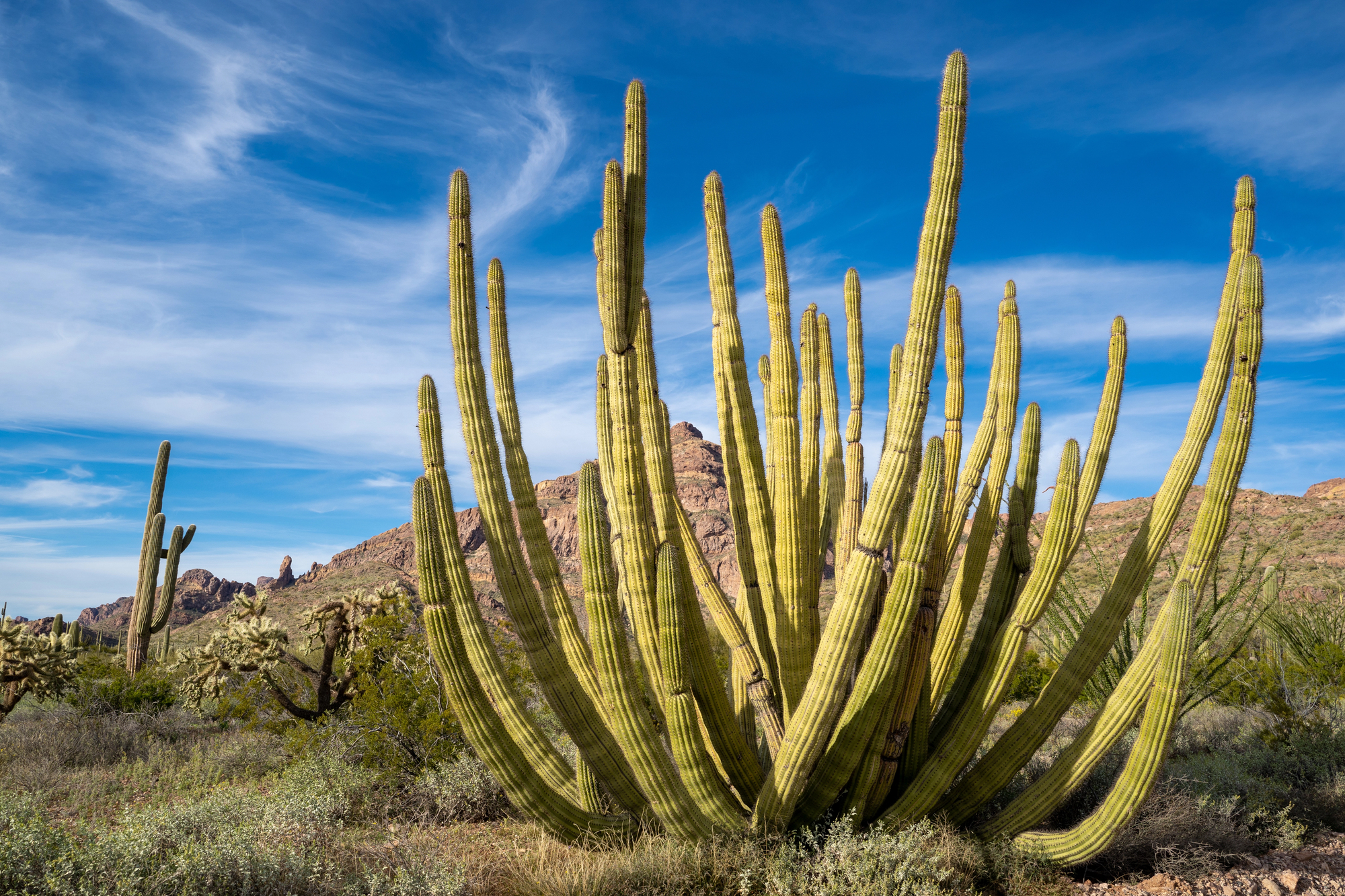
This UNESCO biosphere reserve hosts the only significant population of organ pipe cacti in the United States. The remote location near the Mexican border keeps visitor numbers low despite scenery that rivals more famous desert preserves like Saguaro National Park.
Dawn light illuminating the Ajo Mountains while silhouetting forests of unique cacti creates photographic opportunities that capture the essence of the Sonoran Desert without the crowds.
Grand Falls
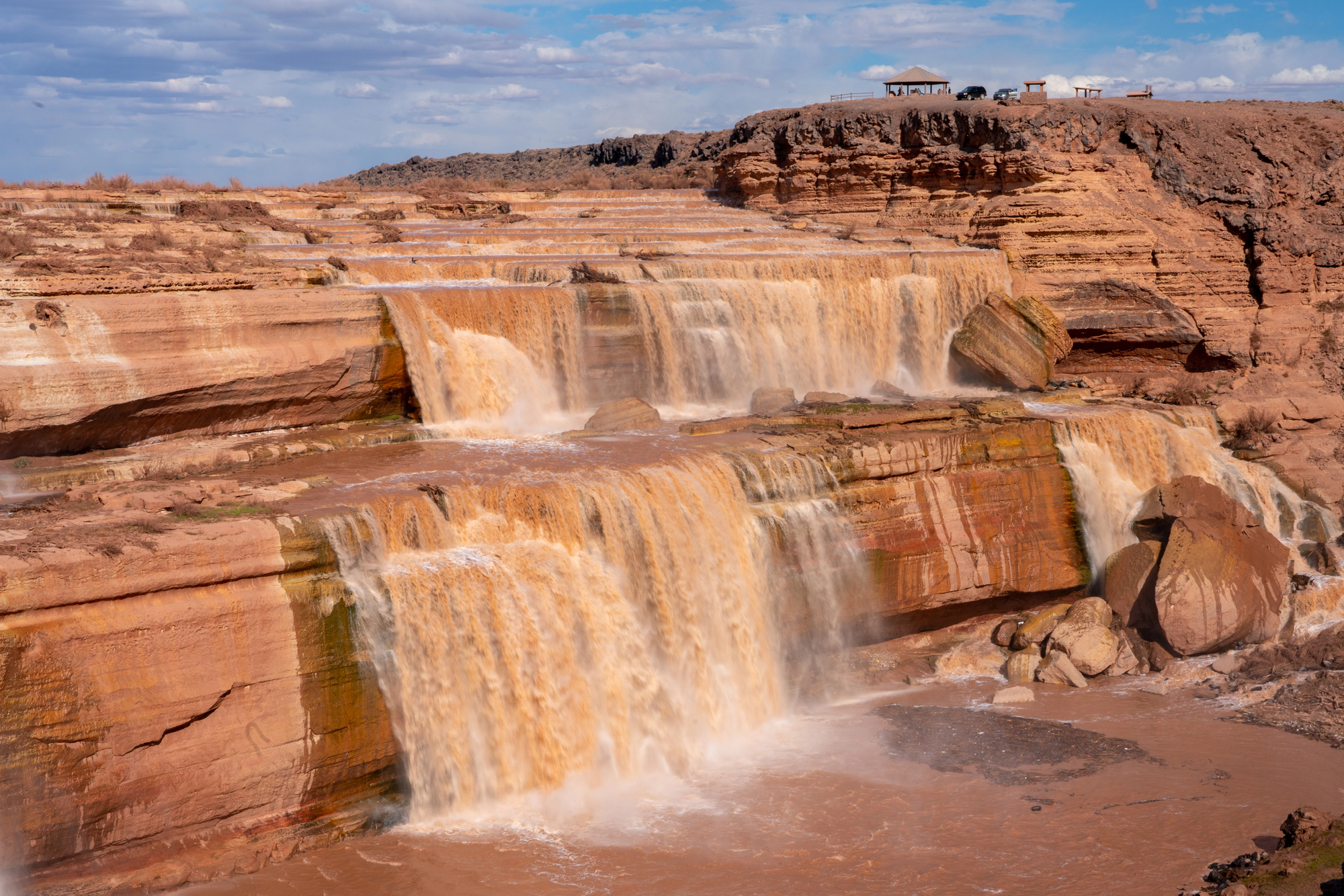
Nicknamed ‘Chocolate Falls’ for its muddy waters, this seasonal waterfall on Navajo land often flows higher than Niagara when snowmelt or monsoon rains fill the Little Colorado River. The 185-foot cascade spreads across a wide terraced cliff face, creating a spectacle that seems impossible in the surrounding desert landscape.
The falls’ remote location and unpredictable flow timing mean most Arizona visitors never witness this dramatic natural phenomenon.
Sycamore Canyon
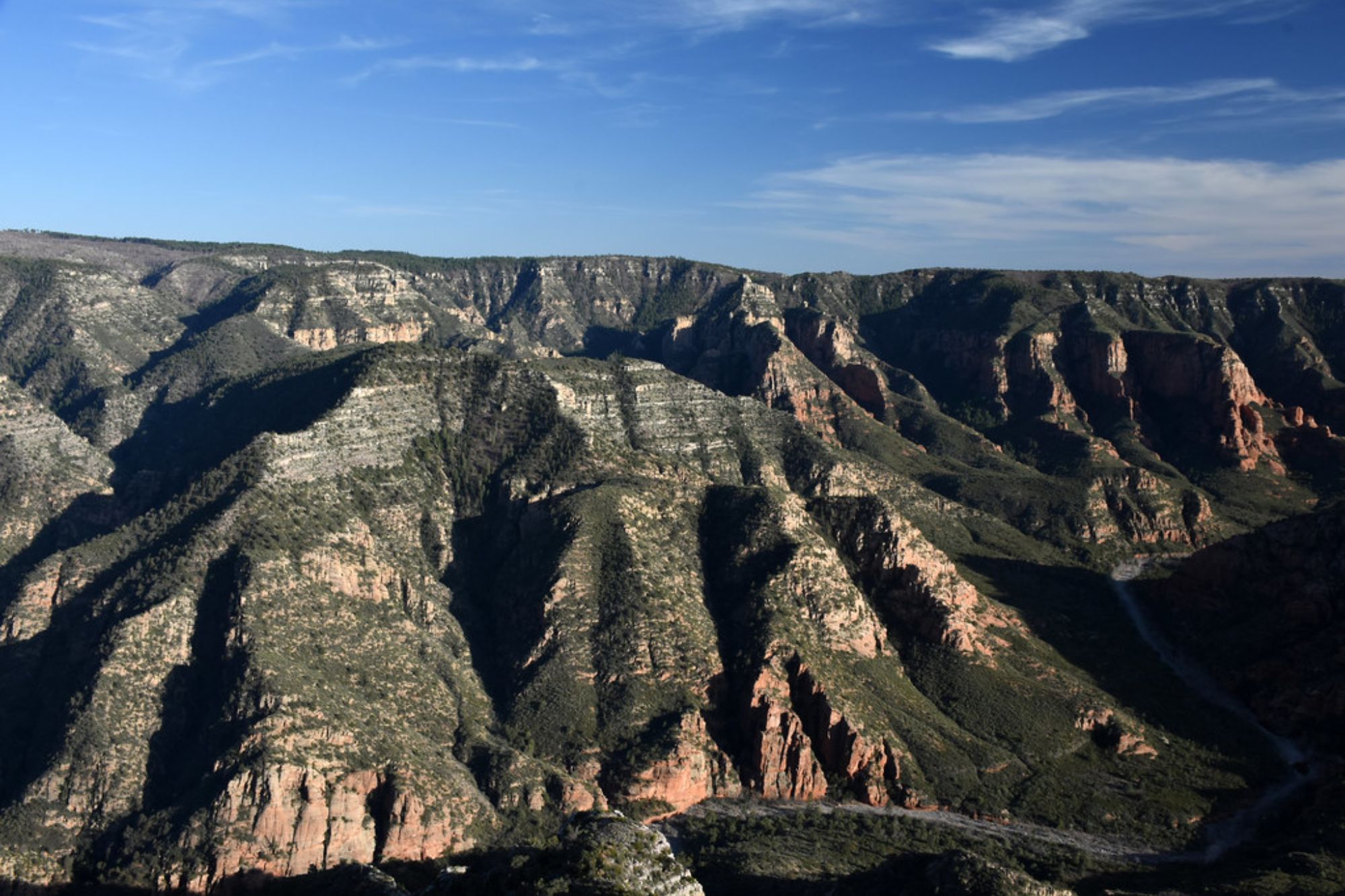
This second-largest canyon system in Arizona remains virtually unknown compared to its famous neighbor at the Grand Canyon. Dramatic red rock walls, perennial streams, and diverse ecosystems ranging from desert to pine forest create a spectacular wilderness just west of Sedona.
The lack of developed viewpoints and services keeps crowds away while rewarding hikers with solitude and scenes that have changed little since prehistoric times.
Like Travel Pug’s content? Follow us on MSN.
Massacre Falls
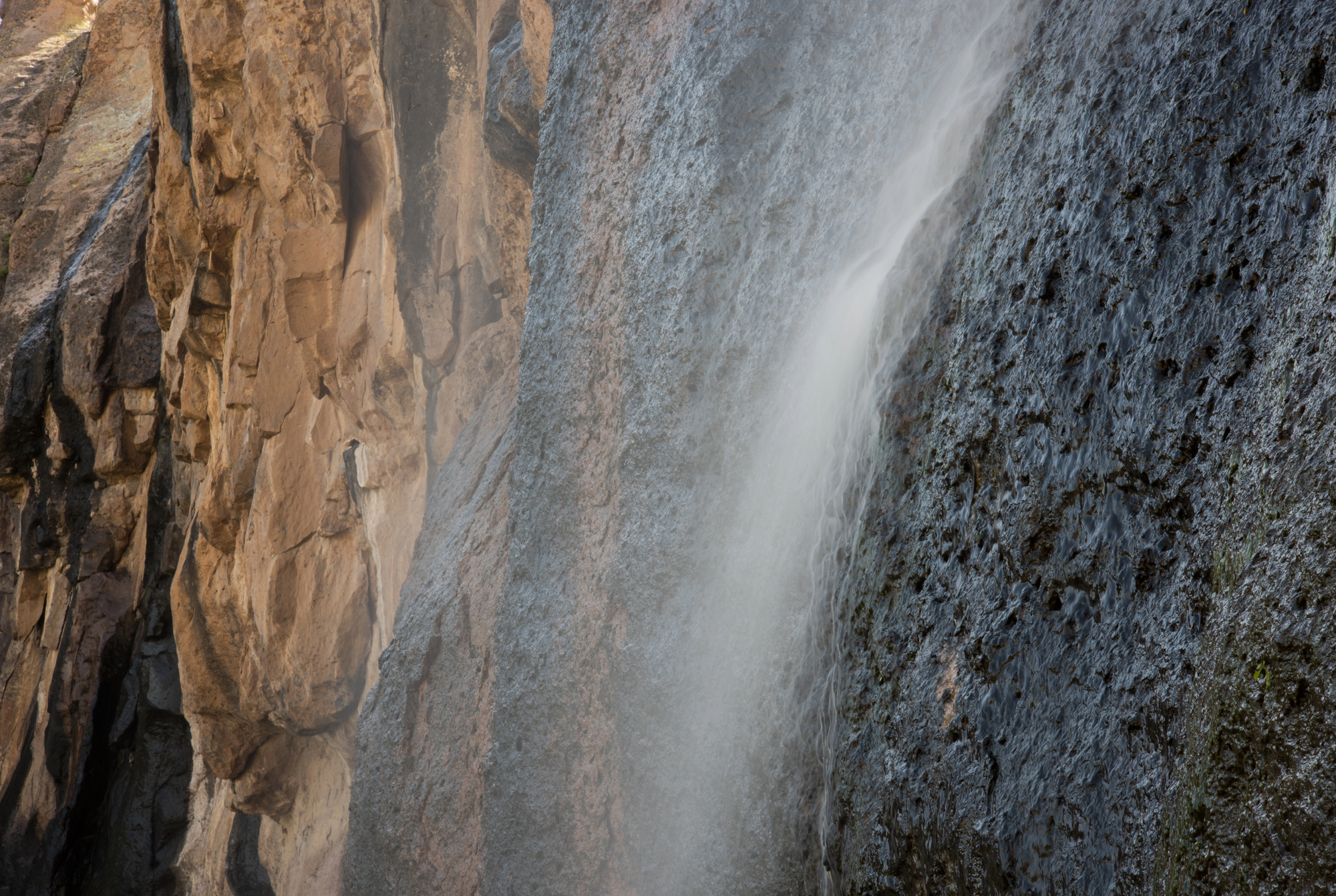
This seasonal waterfall in the Superstition Wilderness flows dramatically against a backdrop of volcanic cliffs after winter rains or summer monsoons. The moderate hike through classic Sonoran Desert landscapes features saguaro forests and expansive views of Weaver’s Needle.
Most visitors to the popular Superstitions never venture to this eastern section, leaving its rugged beauty and frontier history for more adventurous explorers to discover.
Petrified Forest Wilderness Areas

While drive-through tourists see only a fraction of this national park from established overlooks, the designated wilderness areas contain the highest concentration of petrified wood on earth, with no footprints marring the experience. Rainbow-hued logs dating back 225 million years lie scattered across badlands painted in purples, blues, and reds.
Backcountry permits allow overnight stays among these ancient giants where artificial light doesn’t obscure some of Arizona’s darkest night skies.
Beyond the Crowds
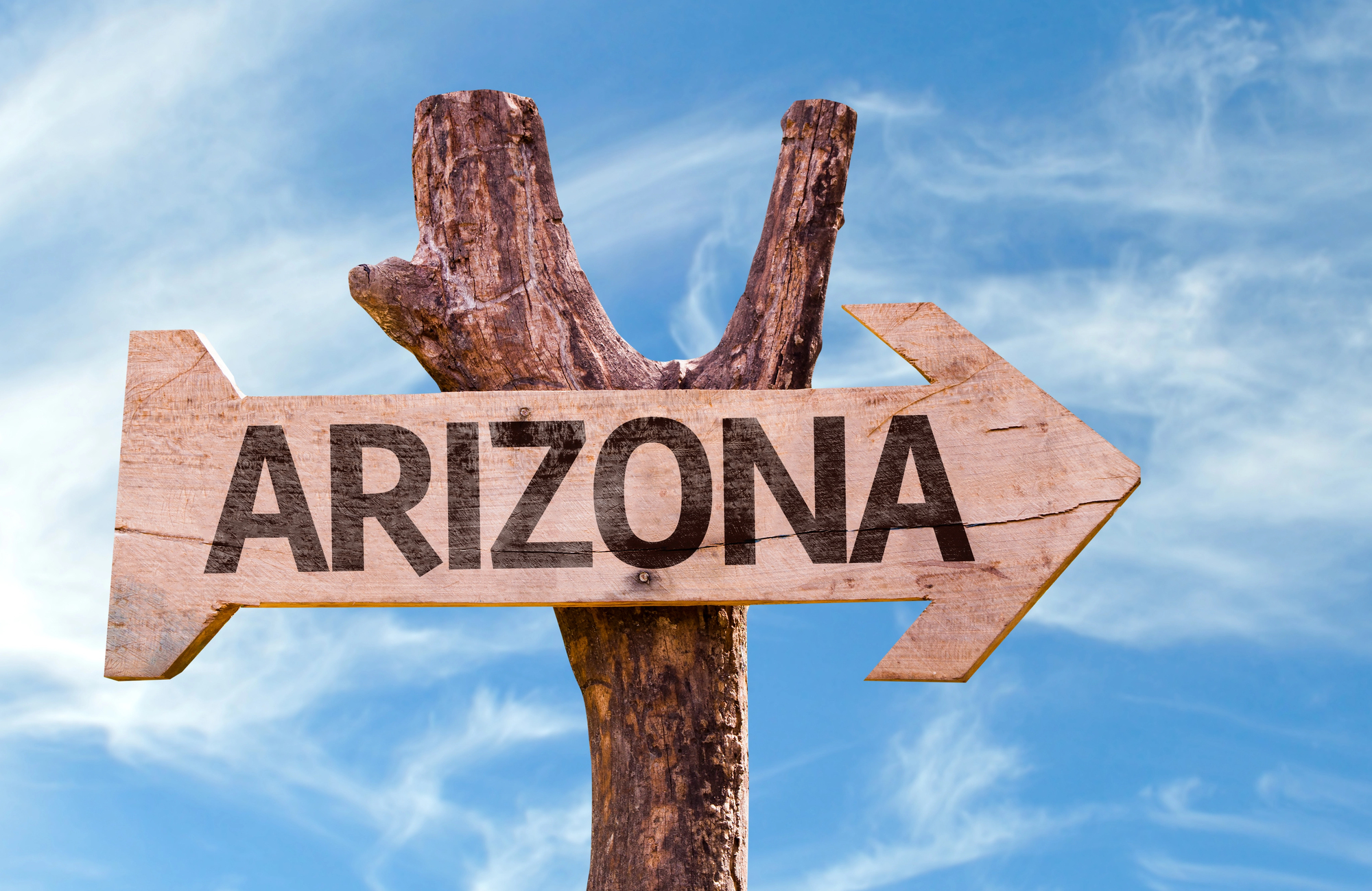
Arizona’s true magic doesn’t require standing elbow-to-elbow with strangers clutching selfie sticks or following prescribed paths. These lesser-known wonders offer more than just respite from crowds—they provide deeper connection with landscapes that remain unaltered by excessive tourism infrastructure.
The state’s geological diversity ensures that those willing to venture beyond famous names find experiences that match or exceed the Grand Canyon’s splendor. The magic of discovery, the privilege of solitude, and the satisfaction of encountering natural wonders on more intimate terms await those who seek Arizona’s hidden treasures.
More from Travel Pug

- Cities Growing so Fast You Won’t Recognize Them in 10 Years
- 13 Destinations Where Tourists Regularly Regret Their Trip
- 20 Obscure WWII Sites Even History Buffs Don’t Know About
- 10 Under-the-Radar Mountain Towns That Are Both Affordable and Beautiful
- 20 Abandoned Places That Feel Like Real-Life Post-Apocalyptic Movie Sets
Like Travel Pug’s content? Follow us on MSN.
